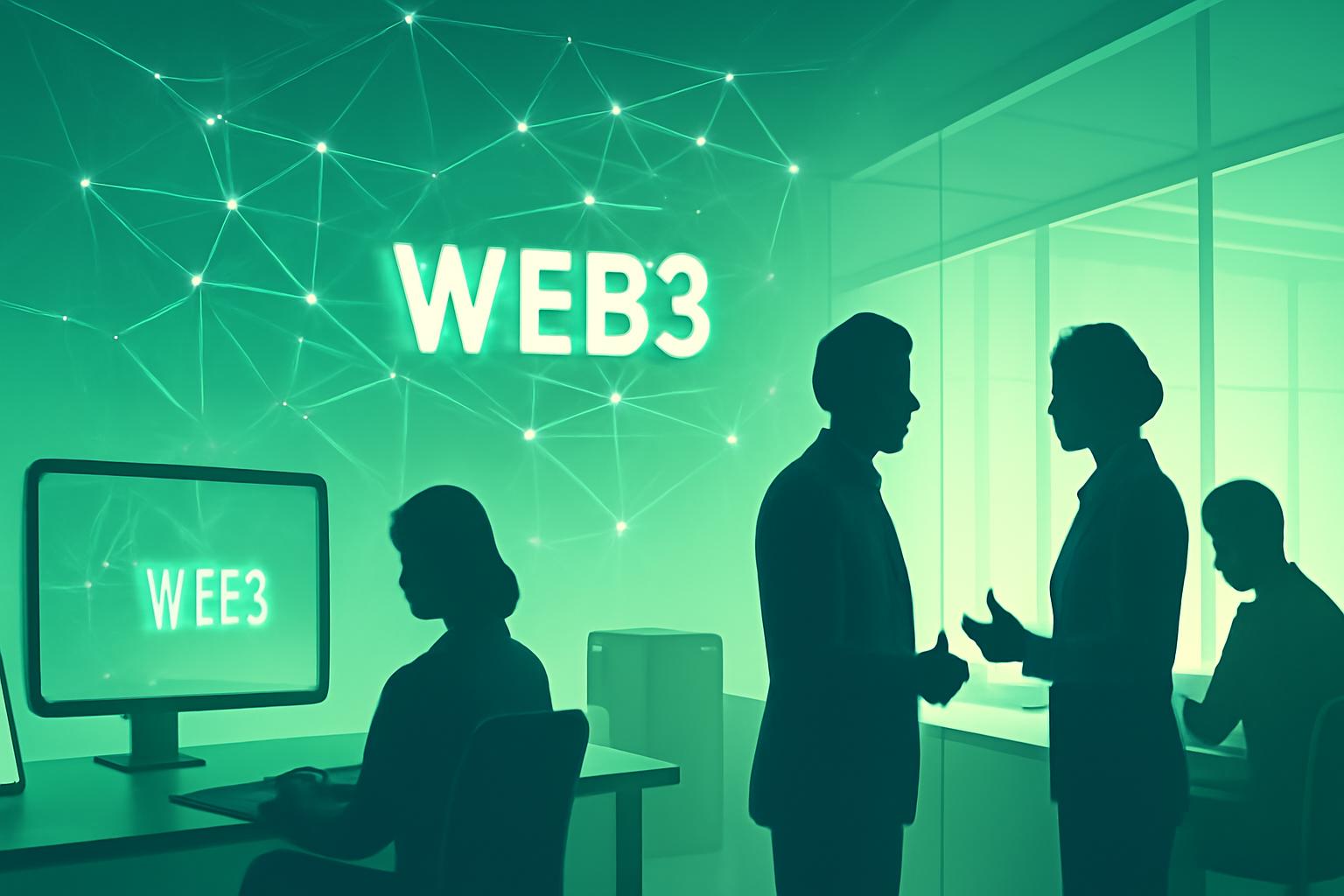The Necessity of Web2 for Web3’s Mainstream Growth
As the technology community pushes for broader Web3 adoption, a segment of advocates promotes the idea of completely replacing Web2 systems with decentralized alternatives. However, this perspective underestimates the complexities of technology transitions and risks stalling Web3’s potential by alienating users accustomed to existing platforms.
Barriers to Web3 Adoption: Trust and Complexity
Web3 offers innovative solutions across economic and daily use cases but remains largely inaccessible to the general public due to its complexity and perceived risks. Recent data indicates that 63% of U.S. adults have limited confidence in the reliability and security of cryptocurrency-related activities. This skepticism is compounded by what Oxford University terms the “trust paradox” in blockchain technology—while blockchain aims to eliminate trust concerns, public mistrust persists, dampening engagement.
Consequently, most users opt for the safety of established Web2 applications over experimenting with emerging Web3 tools, creating a significant adoption barrier.
Embracing a Gradual Transition
Technological shifts are inherently gradual, as historical examples like the coexistence of horse-drawn carriages with automobiles or fax machines with email illustrate. The notion that integrating Web2 elements compromises Web3’s principles is misguided; in fact, hybrid approaches can facilitate faster adoption by leveraging users’ familiarity and trust in Web2 platforms.
Isolating Web3 risks reinforcing skepticism and limiting its reach, whereas collaboration with Web2 could serve as a bridge to mainstream users.
Current Collaborations Between Web2 and Web3
Integration efforts are already underway, primarily led by established Web2 entities. Financial institutions such as PayPal and Visa are incorporating cryptocurrency and blockchain services, lending legitimacy to these technologies. Additionally, cloud providers like Amazon Web Services and Google Cloud are weaving Web3 capabilities into their offerings, including zero-knowledge proofs and blockchain labs.
Web3 developers are encouraged to similarly leverage Web2’s extensive market presence to scale applications effectively, akin to how 4G networks supported the rollout of 5G.
Practical Strategies for Web3 Development
Balancing decentralization with user-friendly features—such as intuitive interfaces and human-readable identifiers—is essential for attracting broader adoption. Web3 proponents should articulate the advantages of their solutions clearly, avoiding assumptions that superiority is self-evident, to prevent alienating potential users.
For example, integrating blockchain with AI could enable immutable tracking of data provenance, enhancing transparency and trustworthiness in AI model training.
Ultimately, the value of a technology lies in its utility rather than the label it carries; demonstrating tangible benefits, even through Web2 collaboration, strengthens credibility and appeal.
Leveraging Web2 to Refine Web3 Offerings
Embracing Web2 infrastructures can mitigate common challenges in technology deployment, such as bugs and scaling issues. According to Nielsen research, usability testing with real-world users can boost product success rates by up to 500%, underscoring the importance of engaging Web2 users in Web3 product development.
Rather than framing the relationship as a rivalry, successful companies integrate the best of both worlds to meet market demands, focusing on delivering enhanced services rather than adhering to purist ideologies.
Conclusion
For Web3 to achieve mass-market traction, it must embrace the established habits, processes, and infrastructure of Web2 that have historically shaped technology adoption. The path forward lies in collaboration and pragmatic integration, positioning Web3 as a complementary evolution rather than a disruptive replacement.
Opinion by Richard Johnson, Chief Operating Officer of Data Guardians Network.
This article is for informational purposes only and does not constitute legal or investment advice. The views expressed are those of the author and do not necessarily reflect those of Cointelegraph.
FinOracleAI — Market View
The discussion highlights the importance of hybrid approaches combining Web2 and Web3, which may encourage broader adoption by reducing user friction and skepticism. Market participants should monitor integration efforts by major Web2 firms and the evolution of user-friendly Web3 applications to gauge adoption momentum. Risks include persistent public distrust and technological complexity that may slow uptake. Key indicators to watch include regulatory developments and user engagement metrics across hybrid platforms.
Impact: positive













